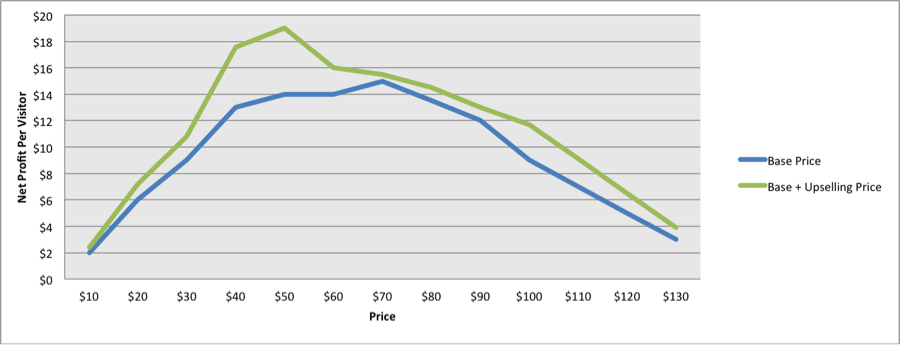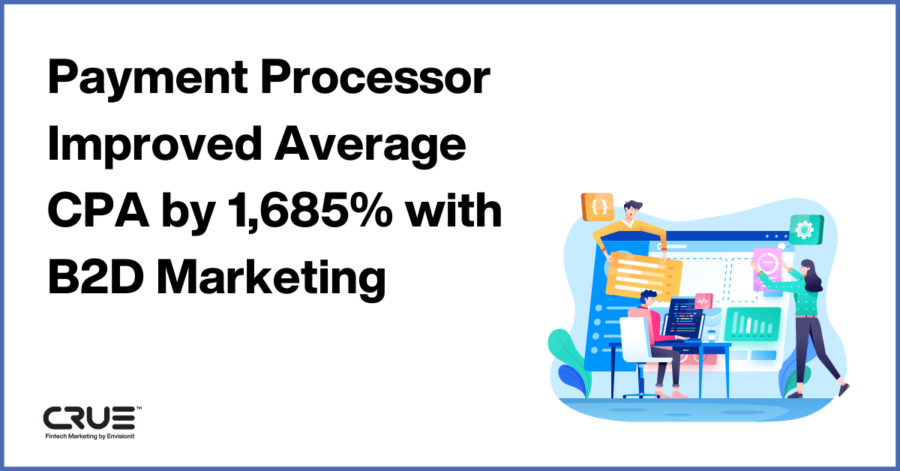CRO and Pricing Optimization
In the world of ecommerce and online marketing, conversion rate optimization (CRO) is used to ensure companies maximize their revenue by providing the best experiences to consumers. It’s a blend of user experience design, data analysis, and strict experimental methodology to test what kind of online experience and product pricing consumers respond most favorably to in order to then convert. In this article, Envisionit’s CRO expert, Fabio Fanni, explains some of the methodology we use for our clients to ensure they’re getting the most out of their spending to reach their goals of a larger user base, higher profits, or whatever their target may be.
A/B and Multivariate Testing
A/B testing, or split testing, is a process where we run a simultaneous experiment between two pages to see which performs better. With A/B testing we validate or reject changes and modifications depending on their performance and how they affect our KPIs.
We usually hear about A/B and multivariate testing in UX design, user engagement and conversion optimization. These are some of the most common contexts of use for these tools.
However, for those cases in which there is no customer relationship management (CRM) backing up the pricing strategy, we can actually use these tools to find out the right price range for products yielding the highest revenue per click and profit margin, thus helping us to maximize ROI and advertisement spending.
With this method we are able to find out if a lower price drives more traffic or a higher price reduces conversions but delivers a higher profit for sale. This can be extremely helpful for those products whose pricing can be hard to define (online/digital SaaS) or industries in which the acquisition costs significantly affect net profits (travel, ecommerce retail etc.).
This chart shows the revenue per visitor on the y-axis and the actual product price on the x-axis. In this example, we tested different prices on a $2 increase scale and tracked revenue per visitor. Considering that a lower price generates a higher conversion rate, revenue per visitor increased up to $3.1 with a $11 price.
Despite the fact that the lowest prices increased the conversion rate and brought in more clients, the improvement was actually offset by the lower price and eventually affected the profit per user. With this method, it is fairly easy to find the sweet spot that generates the highest profit, and most importantly, provides valuable insights about price elasticity.
This process can also be applied with a different objective in mind. Let´s say that we want to grow our user base within the break-even limit, regardless of profit: we would choose the intersection of price with the highest number of conversions in which a profit per user = $0.
Base price and upselling optimization
Regardless of how far we can go optimizing our landing page price, this can turn pretty tricky if we consider a base price and upselling price.
In fact, the right price range for your base product might not be the same for the total upselling price. This case is pretty common in those industries that strongly rely on ancillary revenues (travel and accommodation) and generic upselling (banks, insurance). Upsells tend to create bias and skew value perception, eventually affecting price elasticity.
As for this chart, the optimal price range for the base product is not the same as for the total up selling product. In this case, we would need a multivariate test rather than a standard A/B. We would run multiple combinations of base and total price.
Things to Consider
Now this looks like a reliable way to make some very important pricing decisions. Even though this methodology is solid, before taking on an extensive pricing optimization effort it’s important to always take into consideration the following:
1. Achieving statistical significance could take too long or require too much traffic.
The difference in performance between the different pricing levels could be minimal, which means that the amount of traffic required to achieve significance would be too high. Always make sure you are comfortable with the level of significance you want to achieve and the amount of traffic you need. You might want to find out how much traffic and time you might need in order to achieve those results beforehand using this tool from Optimizely.
2. Continuously testing different prices could confuse users and eventually backfire.
This could be especially true for digital SaaS products whose purchase journey can have multiple touch points and prospective clients might be visiting the pricing page with some frequency. Narrow down the testing to certain geographical areas or in order to avoid this type of problems.
It’s important to keep hard data in mind and use strict methodology when evaluating pricing and optimizing conversions, but intuition and creativity play key roles as well – something Fabio and the rest of the Envisionit teams excel at in order to reach our clients’ target customers. Get in touch with us today to learn how we can bring the latest in marketing and creative work to your brand.














